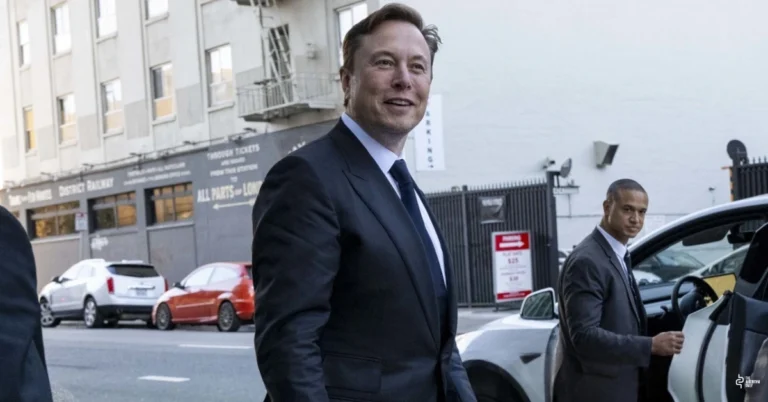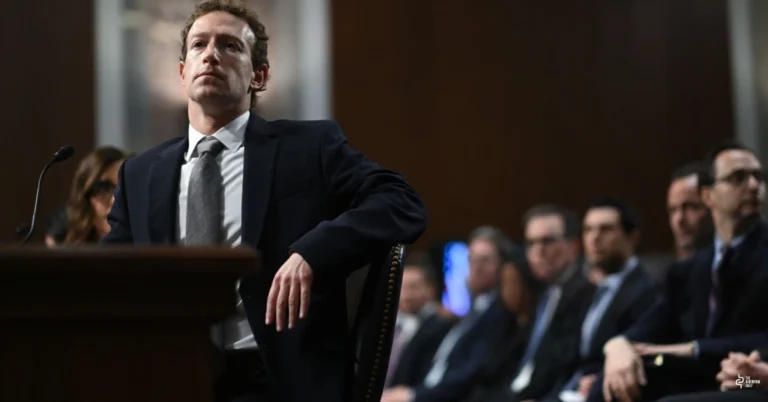The United Arab Emirates is working to gain access to high-performance semiconductors from the United States, a key step in its effort to become a global leader in artificial intelligence. According to Peng Xiao, Chief Executive Officer of the Abu Dhabi-based AI company G42, this effort aligns with the UAE’s broader investment pledge worth 1.4 trillion US dollars aimed at strengthening its relationship with Washington. The investment package includes funding from MGX, an Abu Dhabi-backed entity, for a 100 billion US dollar AI infrastructure initiative. (Source: Tech in Asia)
Currently, the UAE is categorised under the second level of the United States’ AI export control framework. This classification limits the volume and sophistication of semiconductors that the country can purchase, which are essential for training and deploying advanced AI systems. These restrictions reflect growing efforts by the US to manage the global flow of critical technology based on geopolitical considerations.
In response, the UAE is using investment as a diplomatic tool to influence its position within this framework. By committing substantial financial resources to the US technology ecosystem, it aims to secure greater access to the computing power needed for its AI ambitions. This approach signals a shift from purely commercial transactions to politically influenced technology access.
The UAE’s strategy includes reducing its dependence on Chinese technology. G42, for example, has moved to phase out equipment from Chinese firms and strengthen ties with US companies such as Microsoft. The country has also been building its local semiconductor capacity through partnerships with global players, dating back to early initiatives involving research institutions in Abu Dhabi.
SEE MORE: Anthropic invests in Goodfire’s $50M Series A funding round to decode AI models
These developments are part of a broader global trend where countries are reshaping their technology partnerships in response to export controls. The United States has effectively created a tiered system for accessing cutting-edge technology, influencing not only who can develop powerful AI systems but also who becomes competitive in the emerging digital economy.




